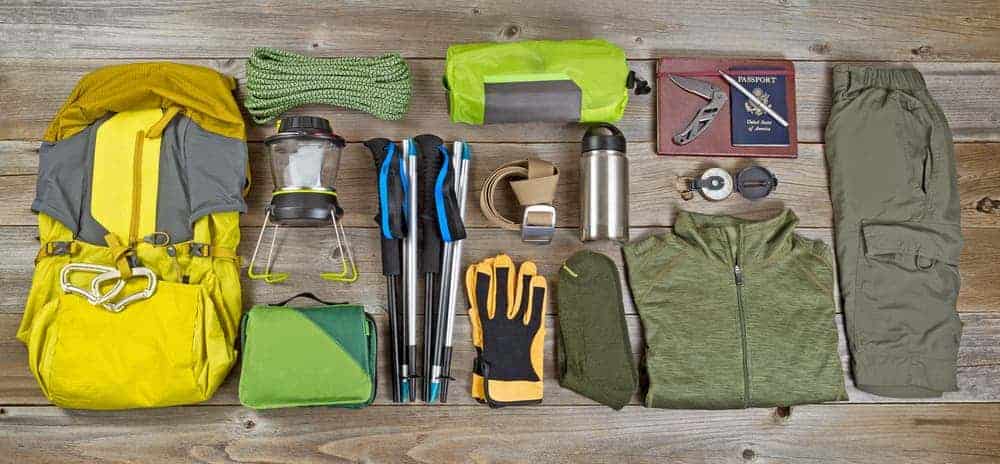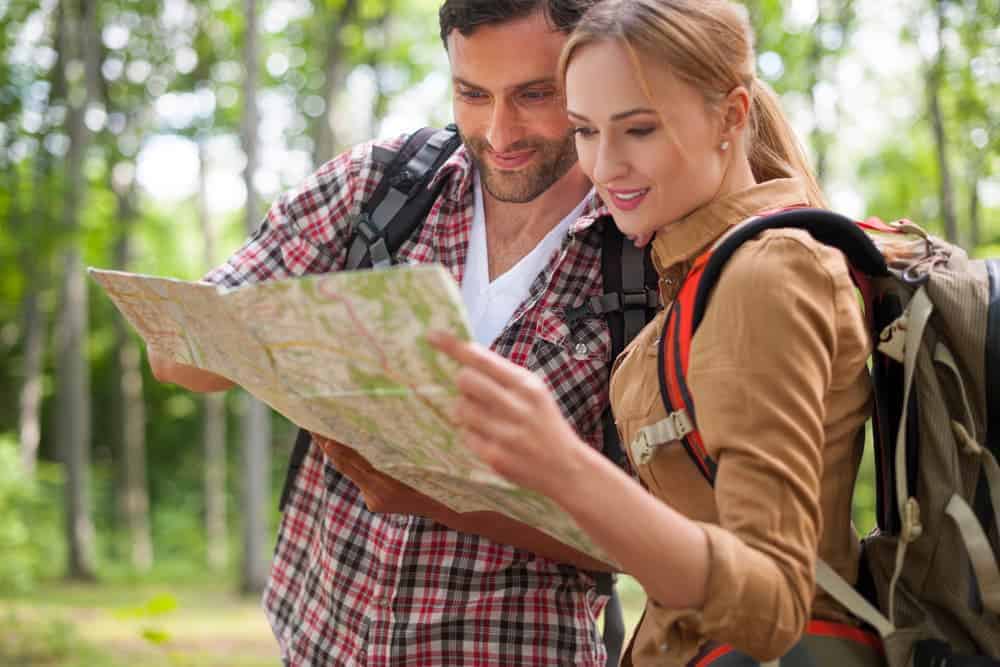Hiking in Australia is a must for all outdoor enthusiasts. With its coastal landscapes, breathtaking forests, out-of-this-world mountain views and diverse wildlife, both novice and seasoned hikers are in for a treat. While there is a lot to see, experiencing Australia’s wilderness for the first time can be difficult if you don’t come prepared. Hiking for beginners is worry-free, however, when you arm yourself with these safety measures.
Whether you’re taking it easy on a single-day hike or spending a few days on Australia’s best hiking trails, the importance of safety doesn’t change. It’s always a top priority. But with so many things to prepare and think about for your trip, hiking safety tips can easily slip your mind. This handy list should help keep you on track.
Do your research and plan
Safe hiking for beginners starts with a good plan. A hiking trip is not something you do on the spur of the moment. You need to ask friends for trails to try, do an online search and consider the date and time. Your fitness level and the hiking intensity need to be factored in your plan as well. These things should be laid out from the start as they will be the basis for all the other essentials you need (i.e. clothes, tools and supplies).
For up-to-date information, you might want to look at the national park websites of each state government. They typically have downloadable maps and helplines to assist you. The information boards also have detailed descriptions of the terrain, distance and potential elements to prepare for like weather that you should know.
Pick an easy trail
Hiking for beginners should focus on having a relaxed and enjoyable experience. So, I recommend keeping it short and manageable. Even urban hiking for a few kilometres is perfect for stretching your legs and building up your stamina while taking in beautiful sceneries. One way to make your trail selection easier is to be familiar with the Australian Walking Track Grading System. These ratings should give you an idea of whether a track is a perfect match to your hiking goal and skill.
Learn basic navigation and first aid
You may not need a compass on your first hike, but a trail map is a must. In case of hiking for beginners, a well-marked trail should make the journey safe and easy to navigate. However, do keep in mind that anything can happen while on track. So, make sure you know how to administer simple first aid or at least have a manual with you. Aside from medicines and bandages, an emergency blanket, whistle, torch, GPS and safety beacon should make up your safety net.
Choose to travel with a group
Solo hiking is a liberating experience, but travelling in small groups is just as rewarding. And if you’re a first-time hiker, walking with extra two people is always a smarter choice. In case someone gets in trouble, one person can stay put while the other can seek help. Even if you’re with a group, you can still hike at your own pace for as long as you stay visible to each other. And if you do need to leave the pack, let your group members know.

Tell a reliable person where you are
Before embarking on an exciting adventure, your family or friends must know where you’re going and when you’ll be back. Choose people who know what to do in case of an emergency. Inform them of the right authorities to contact. In some campsites, logbooks are also available to record hikers’ movement or activities. If these are available, make sure to log accurate details, so park staff can easily track or help you.
Wear the proper gear
Here’s a list of gear you need to protect you from all sorts of hiking elements:
- Comfortable footwear. You don’t have to splurge on leather boots right away. You can start with a light hiker or heavy-duty trail runner then get specialised shoes as you gain hiking experience. Pair your runners with synthetic or wool socks for added comfort.
- Breathable top and pants. Choose moisture-wicking and odour-resistant fabric that will keep you comfortable under the sun. Pants that can turn into shorts can help you adapt better with the changing weather.
- Rain jacket. It’s always better to bring an extra layer of clothing, just in case it rains or gets chilly.
- Head protection. The Australian sun can be unforgiving in some regions, so make sure to have a hat or bandanna with you.
- Daypack. This choice is best for short hiking for beginners. Purchase this last if you’re buying one, so you’ll know the right capacity you need. It should be big enough for your food and water, a mobile or communication device, first aid kit, sunscreen and bug spray, and a pocket knife. A word of advice: aside from keeping it light, packing should also be purposeful.
Pack enough food and water
Sufficient hydration is one of the essential safety tips to bear in mind when hiking in Australia, considering its ever-changing, often extreme, climate. A helpful gauge is to bring one litre of water per 1 to 2 hours of hiking. Make sure to know where water sources are, and if you have to, bring a backpacking water filter with you.
Small snacks like nuts and trail mix should keep your energy up while on a hike. Beef jerky packs are lightweight and easy to eat. Bananas, apples and raisin are also ideal. For a more filling snack, wheat bread with almond butter should hit the spot.
Enjoy wildlife from a safe distance
Take note of the wildlife you’ll encounter on your destination. If you do find dangerous animals like snakes and dingos, always choose to back away and let them move on. They’ll most likely leave you alone if you let them be. Just be wary of your surroundings and stay alert, especially if you’re hiking on remote areas.
Keep the trail safe for others
Finally, no matter where your hiking feet take you, make it a habit to pack it in and pack it out. Leaving trash behind can endanger the wildlife in the area. Dispose of tissues and plastic wrappers properly to preserve the beauty of all tracks. Let other beginners experience a safe and enjoyable first hike as you did!
- How to Clean and Care for Your Sleeping Bag - January 6, 2022
- 6 Best Things to Do in Perth for Free - December 3, 2021
- Swag vs Tent: Which One is Better? - November 5, 2021


